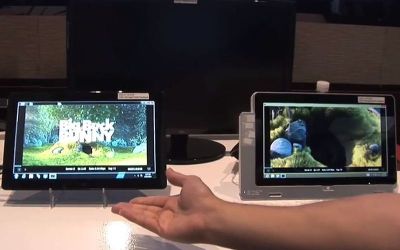Wireless video streaming

Video Aware Wireless Networking VAWN demonstrated on tablets
By Intel Free Press [CC BY-SA 2.0 (http://creativecommons.org/licenses/by-sa/2.0)], via Wikimedia Commons
An EU research team is working on ways to stream video over standard wireless networks. This will be achieved through improved algorithms, coding and networking, leading to a mature software product.
Continuous video monitoring places great demands on wireless computer networks. Wireless video streaming applications, such as traffic monitoring or fire detection, currently require special high-performance networks.
The EU-funded 'Advanced network coding for video surveillance' (CODELANCE) project aims to devise efficiency improvements to video coding and networking. The result will enable conventional networks to carry high-quality video signals. The four-member partnership commenced at the start of 2012 and runs to the end of 2015.
Realising the goal will involve five steps. First, the team will define the necessary software architecture via a literature review and analysis of technical needs. Next, the researchers will design innovative methods and algorithms capable of meeting the requirements under various defined scenarios. The approach exploits certain benefits of network coding, such as robustness, adaptability and error resilience.
Subsequently, the project will simulate and test proposals developed in the two prior stages, and shortlist candidates for further testing and possible implementation. Step four will involve building the protocol stack and optimised mechanisms for information transport, and then designing the software. Lastly, the project's wireless framework will be evaluated, thus providing a realistic development platform for video surveillance applications.
The CODELANCE project will ultimately yield a mature software product, efficiently providing streaming video over standard wireless networks.
published: 2015-04-14

